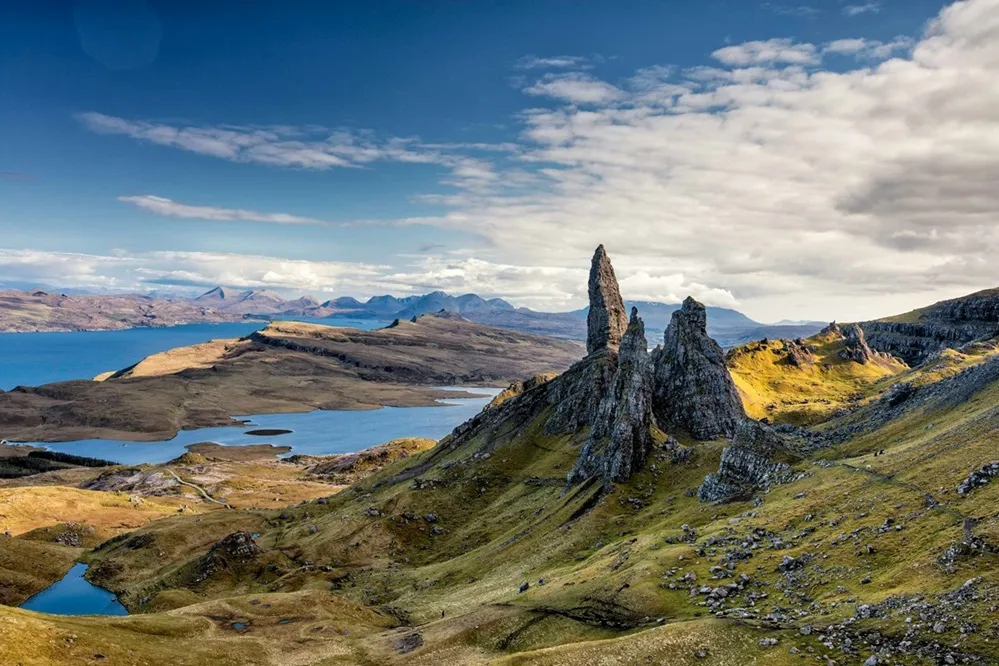About BTO Scotland
Scotland has remote and dramatic landscapes - it’s part of what makes it special. It also has a relatively low human population density. These things combined make it harder to find all of the volunteers that we need for optimum survey coverage. A Scottish office helps us to reach out across Scotland and get people involved.
Our Scottish base is also essential for carrying out research that is appropriate for Scotland, whether through volunteers, professional fieldworkers or with research collaborators - the Scottish Government, NatureScot and other organisations look to us for relevant evidence to support their needs.
The BTO Scotland team also carry out another important role - their deep Scottish knowledge and understanding of the specific needs here helps ensure that BTO’s UK-wide monitoring schemes, surveys and research projects are relevant to Scotland. The staff here are also an important point of contact for our volunteers, members, funders and partners.
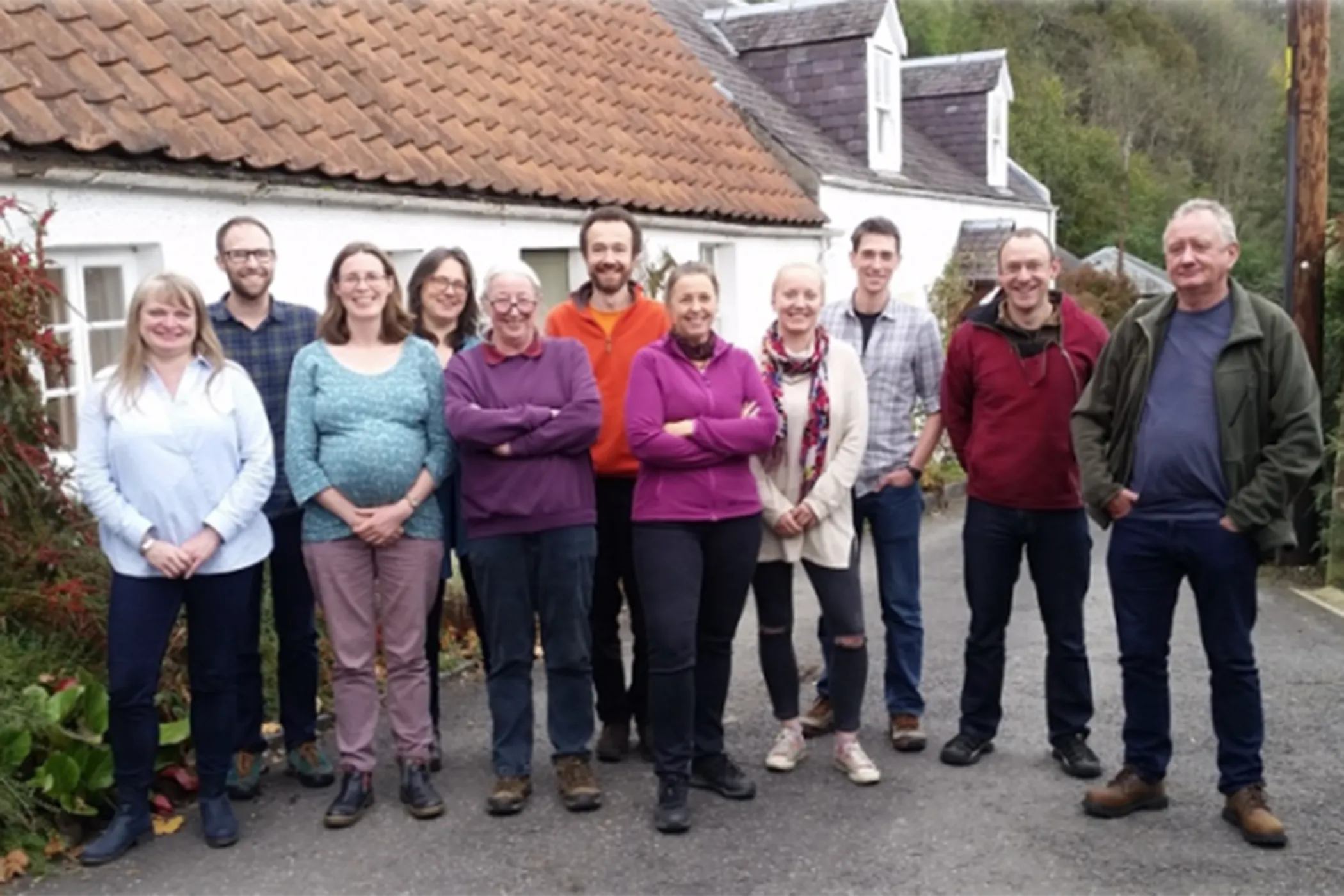
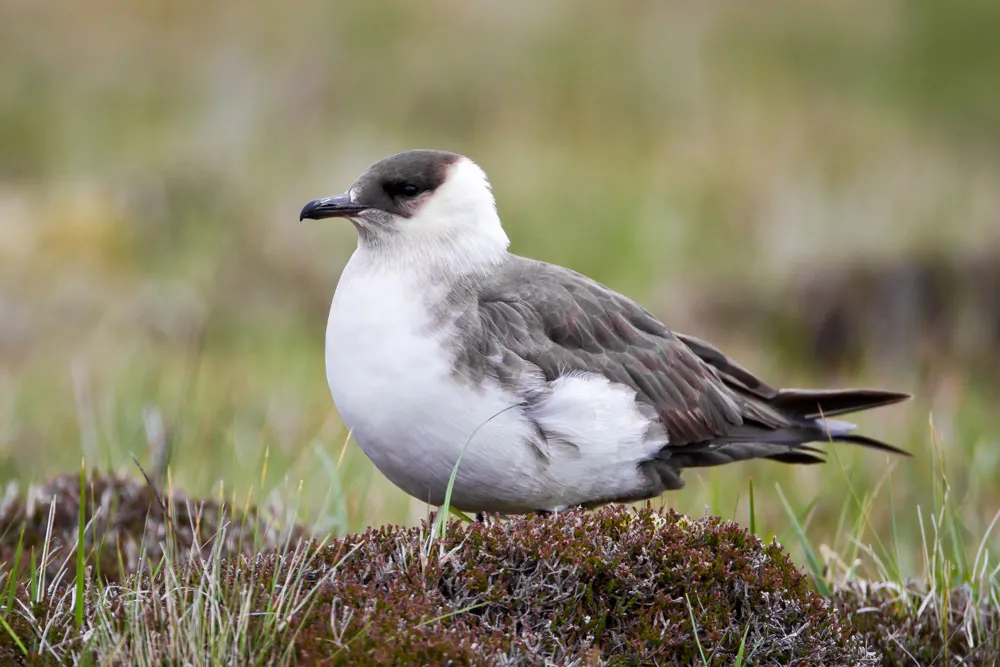
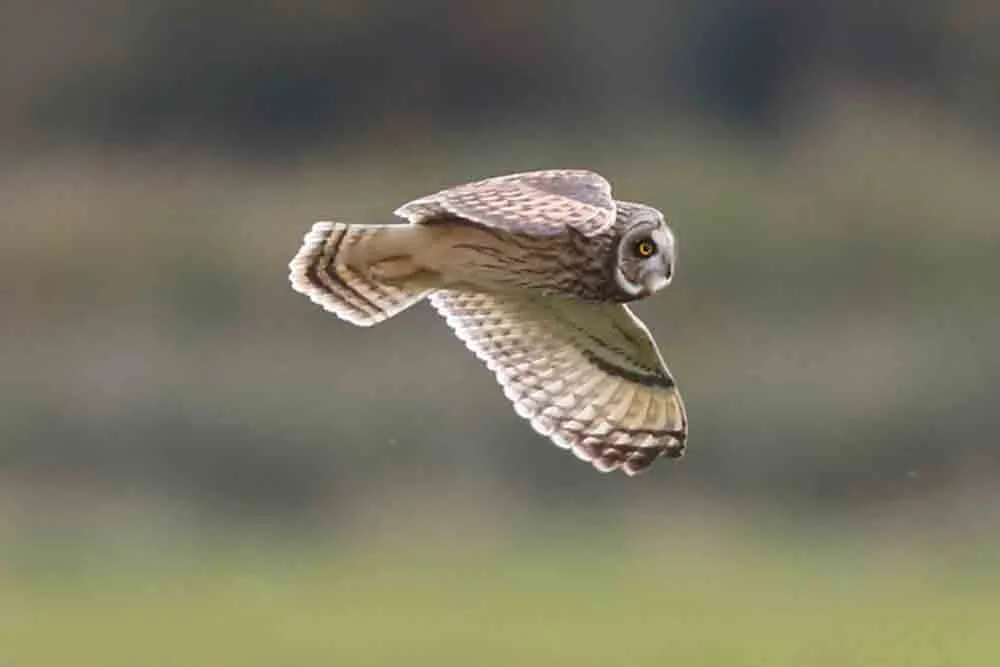
A Scottish office helps us to reach out across Scotland and get people involved.
Chris Wernham, Associate Director Country Offices
Get involved
Events and training
Guided walks, bird ID courses, survey training and more – find an event near you.

Join a project
Our surveys and projects are suitable for a range of experience levels and expertise.

Sign up to our newsletter
Receive our regular e-newsletter for BTO volunteers and supporters in Scotland.
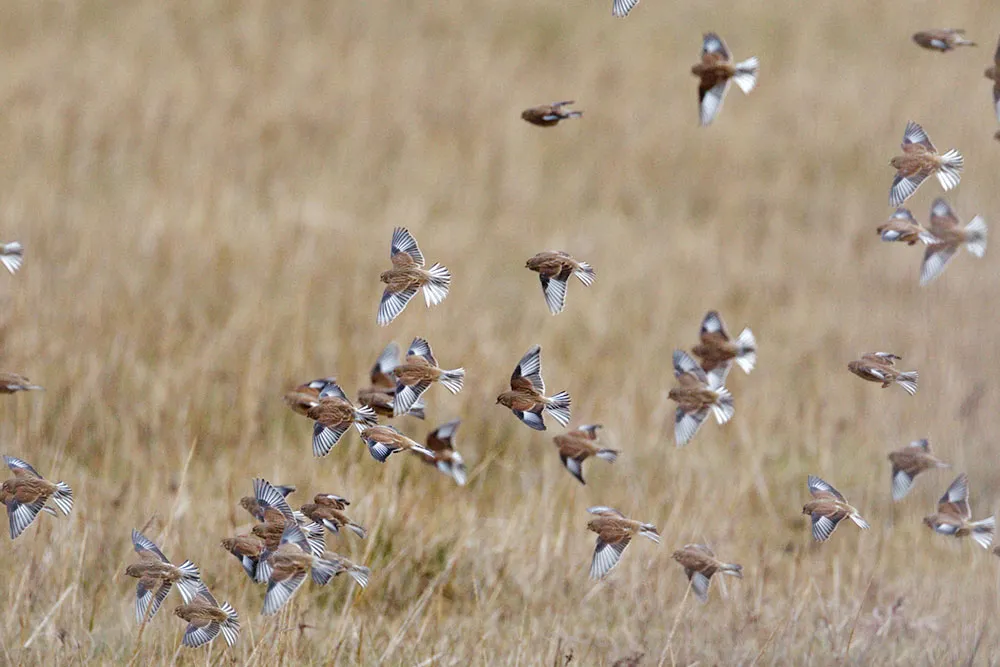
Contact us
We’d love to hear from you
Get in touch:
- scot.info@bto.org
- 01786 458021
- Unit 15, Beta Centre, Stirling University Innovation Park, Stirling, FK9 4NF
Find us on social media:
You can also contact a member of our team directly.

